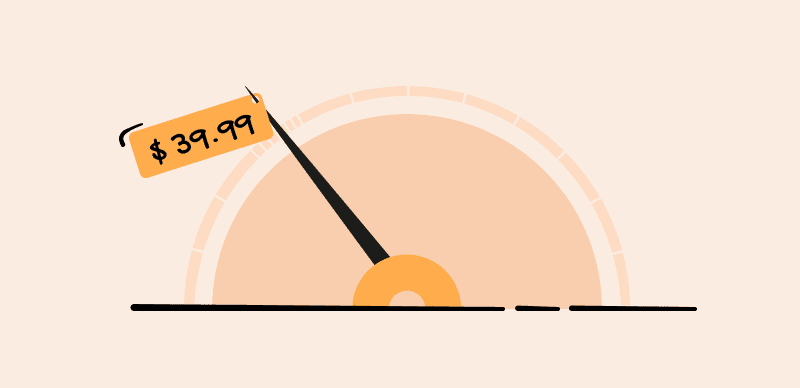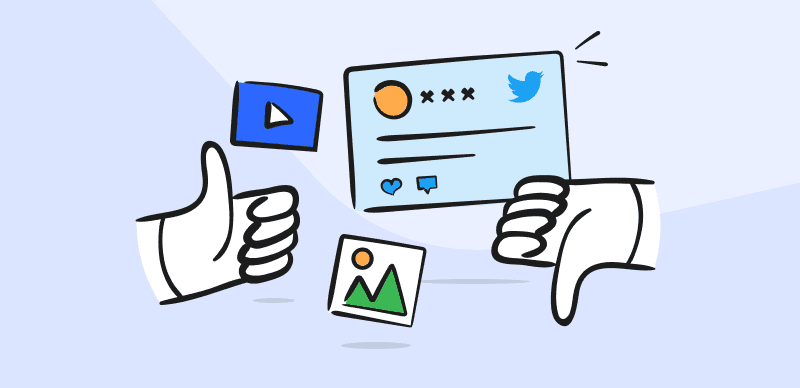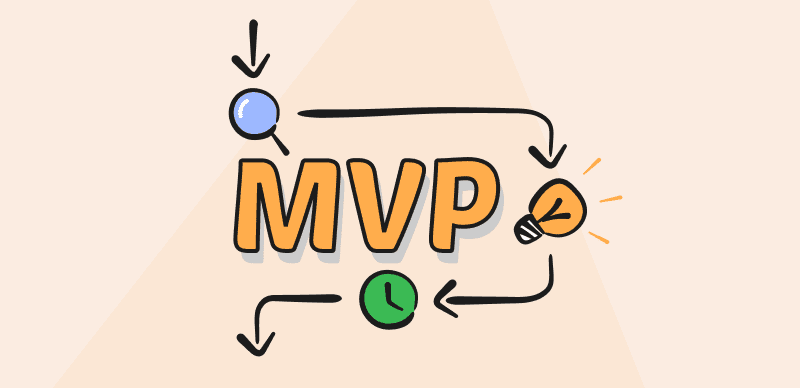How to Set a Price for Your SaaS Product?

Set a Price for Your SaaS Product
The right SaaS pricing model will help you attract more customers and sell more subscriptions, increasing MRR. However, figuring out how to accurately price a SaaS product can be difficult. In this article, we’ll take a look at several different SaaS pricing strategies and models so you can find one that suits your business needs.
Table of Contents: hide
What You Should Know Before Setting a Price
Here are something you should know before jumping into the pricing strategies:
1. Determine the value your product provides: Identify the unique features and benefits of your product that set it apart from the competition. Consider the problem your product solves and the value it adds to your customers’ businesses.
2. Research your target market: Understand your target audience’s needs, preferences, and willingness to pay for your product. Conduct market research to determine the demand for your product and the price points of your competitors.
3. Research your competitors: Study your competitors’ pricing strategies and the features they offer. Determine how your product compares to theirs and what price points they are targeting.
4. Calculate your costs: Determine the cost of developing and maintaining your product, including hosting, support, and updates. Consider the cost of customer acquisition and marketing.
3 SaaS Pricing Strategies
Before adopting the actual price you’ll place, you first need to know how you’ll price your SaaS, which requires you to evaluate your goals and the current state of play within your industry. Based on this understanding, you can go with any of the following pricing strategies that best align with your situation.
🚩 Cost-plus
It is the most basic and simplest pricing strategy. You only need to calculate the cost, confirm the profit and loss point, and add the desired profit margin to get preliminary pricing.
Cost-plus pricing may be convenient for a company, however, it has nothing to do with customers’ expectations. It is not the best solution for maximizing the revenue of SaaS products, the value your products deliver is probably much greater than the cost to produce them. Pricing should be based on the value that users get from using the product, not the cost of product development and operation & maintenance.
🚩 Competitor-based
Determine the price based on the pricing of your competitors, which is suitable for products that are new in the market and are unsure of the value of their product.
This strategy can provide a preliminary understanding of what users are willing to pay for and how much they are willing to pay. However, the price can only be used as a reference and cannot be copied completely, because even for similar products, the value provided to users is not the same.
🚩 Value-based
It is the best pricing strategy for SaaS products since it’s based on the perceived value of the product rather than the cost or competitors.
However, it can take a lot of time and effort to get it right. It requires extensive market research and user insight, and the pricing basis is obtained by understanding the value of users and products. You can know what users really want, what they are willing to pay, and how much they are willing to pay, and may even find that the price users are willing to pay is higher than predicted, which is conducive to maximizing profits.
6 SaaS Pricing Models
Once you’ve decided on which pricing strategy works best for you, there are a few other things to consider. For starters, you need to know how you will bill your customers.
Wrapping-up
Setting the right pricing can be tricky, and it should be based on two key elements: charging for value and targeting the right audience. Your pricing model can always be changed over time as your service develops additional features or scales on the market. Last but not least: ensure your customers understand your pricing model and feel value from it, which may contribute to their subscriptions to your service. 🚀



